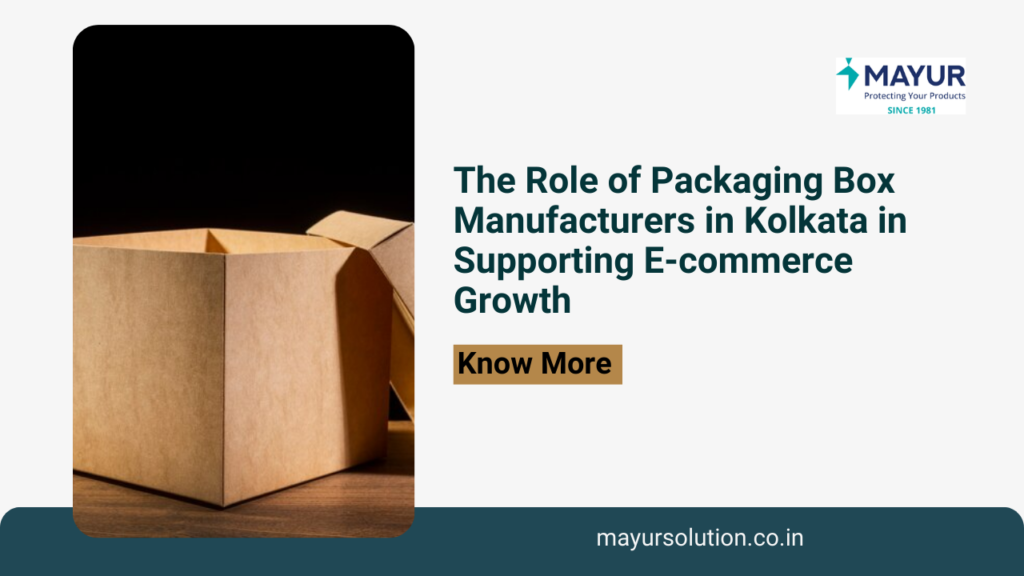Ensuring product safety during shipping is paramount for any business that relies on the transportation of goods. Damaged products not only lead to financial losses but can also harm a company’s reputation and customer relationships.
Corrugated boxes have emerged as a preferred packaging solution due to their exceptional ability to safeguard products during transit. This article delves into how corrugated boxes enhance product safety, exploring their unique structure, shock absorption capabilities, and overall effectiveness in protecting goods.
The Structure of Corrugated Boxes:
Corrugated boxes are ingeniously designed to provide maximum protection to products. They consist of three primary layers:
- Outer and Inner Liners: These are the flat sheets that form the exterior and interior surfaces of the box.
- Fluting: The wavy, fluted layer sandwiched between the liners. This fluting can vary in thickness and type, providing different levels of strength and cushioning.
The combination of these layers results in a robust structure that can withstand significant pressure and impact, making corrugated boxes ideal for shipping.
Shock Absorption and Impact Resistance:
One of the major benefits of corrugated boxes is their excellent shock absorption and impact resistance. Thanks to the unique fluted design, these boxes act as a cushion, effectively dispersing the force of any impact over a broader surface area, reducing the likelihood of damage to the items inside.
Research indicates that products shipped using corrugated boxes suffer significantly fewer damages than those packed with alternative materials.
In fact, a survey conducted by the International Safe Transit Association (ISTA) found that corrugated packaging decreased product damage in transit by up to 30% compared to other packaging types. Many box manufacturers in Kolkata rely on this durable and protective packaging solution to ensure that goods reach their destination safely.
Protection Against Compression:
Corrugated boxes excel in preventing the crushing of products, thanks to their high stacking strength. This is particularly crucial during storage and transportation when boxes are often stacked on top of each other. The multi-layered structure of corrugated boxes ensures they can support significant weight without collapsing.
Data from the Fibre Box Association (FBA) indicates that corrugated boxes can withstand compression forces ranging from 32 to 125 psi, depending on their construction, making them a reliable choice for protecting products from compression-related damage.
Moisture and Environmental Resistance:
Moisture can be a significant concern during shipping, potentially compromising the integrity of packaging materials and damaging products. Corrugated boxes can be treated with various coatings to enhance their resistance to moisture and other environmental factors.
For example, wax or plastic coatings can be applied to the box surfaces to repel water. This makes corrugated boxes suitable for a wide range of industries, including food and pharmaceuticals, where moisture resistance is critical to maintaining product quality.
Customization for Specific Product Needs:
Corrugated boxes offer a high degree of customization, allowing businesses to tailor packaging to their specific product needs. Custom inserts, partitions, and padding can be added to provide additional protection for fragile or irregularly shaped items.
This level of customization not only enhances product safety but also improves the overall unboxing experience for customers. For instance, electronics manufacturers often use corrugated boxes with custom foam inserts to ensure delicate components are securely held in place during transit.
Cost-Effectiveness of Using Corrugated Boxes:
In addition to their protective qualities, corrugated boxes are also cost-effective. They are relatively inexpensive to produce and offer excellent durability, reducing the need for frequent replacements. Furthermore, the reduction in product damage and returns translates into significant cost savings for businesses.
A study by the Packaging Machinery Manufacturers Institute (PMMI) found that businesses using corrugated packaging experienced a 15% decrease in return rates due to damaged products, highlighting the long-term financial benefits of this packaging solution.
Conclusion:
Corrugated boxes are a versatile and reliable packaging solution that offers superior product protection during shipping. Their unique structure, shock absorption capabilities, and customization options make them an ideal choice for businesses looking to enhance product safety.
By investing in high-quality corrugated packaging, companies can reduce damage rates, save on costs, and ensure their products reach customers in perfect condition. If you’re looking to improve the safety and reliability of your shipments, consider the benefits of corrugated boxes and make the switch today.









